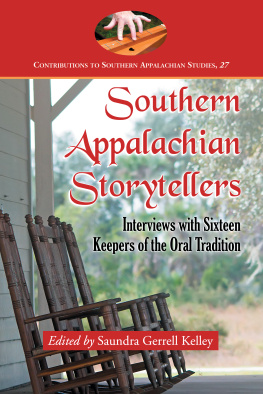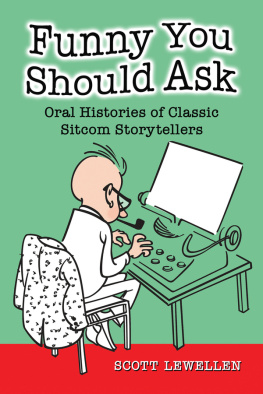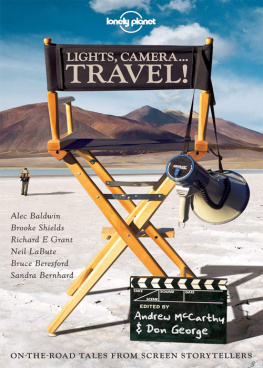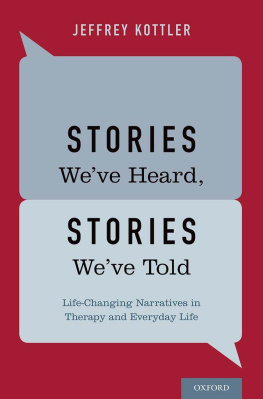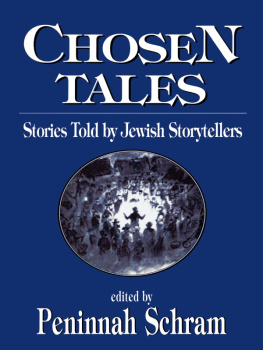
CONTRIBUTIONS TO SOUTHERN APPALACHIAN STUDIES
1. Memoirs of Grassy Creek: Growing Up in the Mountains on the VirginiaNorth Carolina Line. Zetta Barker Hamby. 1998
2. The Pond Mountain Chronicle: Self-Portrait of a Southern Appalachian Community. Edited by Leland R. Cooper and Mary Lee Cooper. 1998
3. Traditional Musicians of the Central Blue Ridge: Old Time, Early Country, Folk and Bluegrass Label Recording Artists, with Discographies. Marty McGee. 2000
4. W.R. Trivett, Appalachian Pictureman: Photographs of a Bygone Time. Ralph E. Lentz II. 2001
5. The People of the New River: Oral Histories from the Ashe, Alleghany and Watauga Counties of North Carolina. Edited by Leland R. Cooper and Mary Lee Cooper. 2001
6. John Fox, Jr., Appalachian Author. Bill York. 2003
7. The Thistle and the Brier: Historical Links and Cultural Parallels Between Scotland and Appalachia. Richard Blaustein. 2003
8. Tales from Sacred Wind: Coming of Age in Appalachia. The Cratis Williams Chronicles. Cratis D. Williams. Edited by David Cratis Williams and Patricia D. Beaver. 2003
9. Willard Gayheart, Appalachian Artist. Willard Gayheart and Donia S. Eley. 2003
10. The Forest City Lynching of 1900: Populism, Racism, and White Supremacy in Rutherford County, North Carolina. J. Timothy Cole. 2003
11. The Brevard Rosenwald School: Black Education and Community Building in a Southern Appalachian Town, 19201966. Betty J. Reed. 2004
12. The Bristol Sessions: Writings About the Big Bang of Country Music. Edited by Charles K. Wolfe and Ted Olson. 2005
13. Community and Change in the North Carolina Mountains: Oral Histories and Profiles of People from Western Watauga County. Compiled by Nannie Greene and Catherine Stokes Sheppard. 2006
14. Ashe County: A History; A New Edition. Arthur Lloyd Fletcher. 2009 [2006]
15. The New River Controversy; A New Edition. Thomas J. Schoenbaum. Epilogue by R. Seth Woodard. 2007
16. The Blue Ridge Parkway by Foot: A Park Rangers Memoir. Tim Pegram. 2007
17. James Still: Critical Essays on the Dean of Appalachian Literature. Edited by Ted Olson and Kathy H. Olson. 2008
18. Owsley County, Kentucky, and the Perpetuation of Poverty. John R. Burch, Jr. 2008
19. Asheville: A History. Nan K. Chase. 2007
20. Southern Appalachian Poetry: An Anthology of Works by 37 Poets. Edited by Marita Garin. 2008
21. Ball, Bat and Bitumen: A History of Coalfield Baseball in the Appalachian South. L.M. Sutter. 2009
22. The Frontier Nursing Service: Americas First Rural Nurse-Midwife Service and School. Marie Bartlett. 2009
23. James Still in Interviews, Oral Histories and Memoirs. Edited by Ted Olson. 2009
24. The Millstone Quarries of Powell County, Kentucky. Charles D. Hockensmith. 2009
25. The Bibliography of Appalachia: More Than 4,700 Books, Articles, Monographsand Dissertations, Topically Arranged and Indexed. Compiled by John R. Burch, Jr. 2009
26. Appalachian Childrens Literature: An Annotated Bibliography. Compiled by Roberta Teague Herrin and Sheila Quinn Oliver. 2009
27. Southern Appalachian Storytellers: Interviews with Sixteen Keepers of the Oral Tradition. Edited by Saundra Gerrell Kelley. 2011
Southern Appalachian Storytellers
Interviews with Sixteen Keepers of the Oral Tradition
Edited by SAUNDRA GERRELL KELLEY
CONTRIBUTIONS TO SOUTHERN APPALACHIAN STUDIES, 27

McFarland & Company, Inc., Publishers
Jefferson, North Carolina
LIBRARY OF CONGRESS CATALOGUING DATA ARE AVAILABLE
BRITISH LIBRARY CATALOGUING DATA ARE AVAILABLE
e-ISBN: 978-0-7864-6212-4
2011 Saundra Gerrell Kelley. All rights reserved
No part of this book may be reproduced or transmitted in any form or by any means, electronic or mechanical, including photocopying or recording, or by any information storage and retrieval system, without permission in writing from the publisher.
Cover images 2011 Shutterstock
McFarland & Company, Inc., Publishers
Box 611, Jefferson, North Carolina 28640
www.mcfarlandpub.com
Preface
The impetus for this book began with a serendipitous meeting with the Appalachian author of Refuge, Dot Jackson. At the time, I was in graduate school at East Tennessee State University in Johnson City, Tennessee, working on my masters in education with a storytelling concentration.
Coming from a social sciences background gained as a student at Florida State University in Tallahassee, I was interested in ethnography and had done graduate level coursework in oral histories and learning how to interview people in order to really hear what they had to say. By the time I got to ETSU and began work with a medical communications grant with the School of Medicine and the Storytelling Program, I had developed strong communication skills that I honed even further in my interviews with numerous cancer patients.
All of the interviews for this book were done in an oral history format, with the interviewers voice removed from the final transcripts. Individual styles of speaking were retained as much as possible, and very few changes were made in the language each person used when engaged in conversation with the interviewer; none were made without their approval. No constraints were put on the tellerthese were their personal journey stories and time and space were allotted to accommodate what they wanted to say about who they are as individuals, and their lifes work.
One of the great benefits of the ETSU Storytelling Program is exposure to the very best of what the storytelling world has to offer. I met storytellers from all over the world there, including a number from Appalachia, but it was what Appalachia was telling me that called me to do this collection of interviews.
It is an old placemountains ancient beyond memory, with stories embedded in the rocks and soil; those ancient stories are also bred into the substance of the people who trod there, from the first to those of today. I soon found myself enthralled by Appalachian storytelling and the stories of the American Indians who continue to live and tell their stories on ancestral soil in those mountains; when I began to meet the tellers, I knew there were stories in their personal life-journeys that made them unique to this place. I had to know more, and I found myself called to collect the stories of the storytellers themselves.
It was when I was invited to the home of Billee Moore in Crumpler, North Carolina, to meet a writer named Dot Jackson that the story unfolded and I began to understand the work ahead. When I arrived, the storytelling was already in full swing. There were four of us: Billee, Dot, her cousin Linda Bowie, and me. The first evening we told stories until two in the morning. I grew excited by what I was hearing. This was not formulaic stage performance storytellingit was spontaneous and it was the stuff of real life.
These were Appalachian voices recounting the stories of battles fought, nightmarish realities and warm memories, all told around the venerable kitchen table, but it was Dot and her stories that captured my imagination. It seemed to me that everything that fell from her mouth was noteworthy. Trying not to be too obvious, I found myself running back and forth to my room to record as much of it as I could; when I left Crumpler, that notebook was packed with quotes.
Next page
